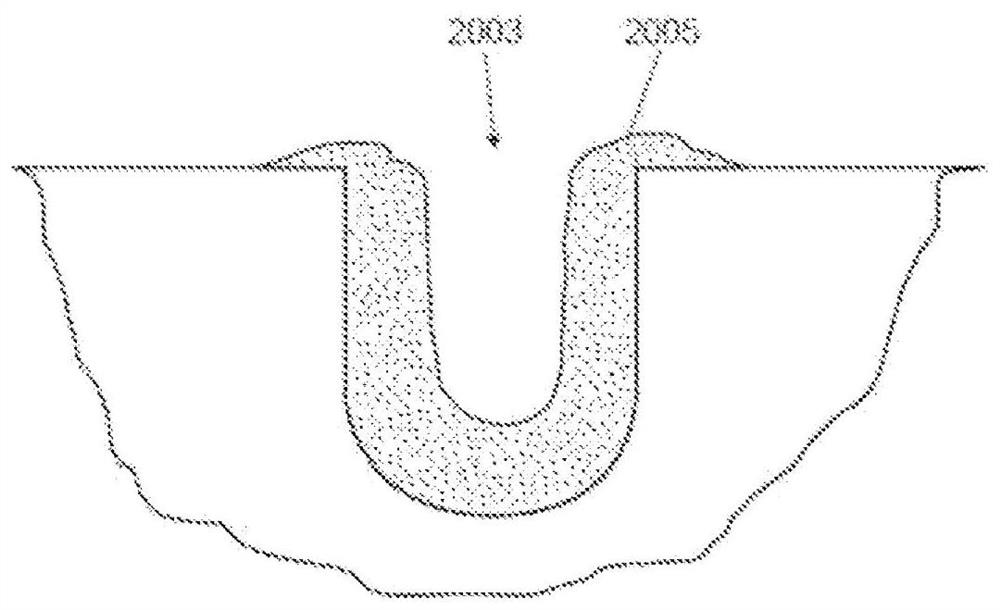Dentificial composition for treating dental biofilms
A composition and dentifrice technology, applied in the field of dentifrice compositions, can solve problems such as unpleasant organ sensation, astringency, etc., and achieve the effects of helping enamel remineralization cycle, reducing astringency, and good sensory experience
- Summary
- Abstract
- Description
- Claims
- Application Information
AI Technical Summary
Problems solved by technology
Method used
Image
Examples
Embodiment A
[0088] Example A: Examples 1 to 5
Embodiment 1
[0089] Example 1 is a reference to a phosphate buffered saline solution, while Examples 2 to 5 are dentifrice compositions. They can be suitably prepared by conventional methods selected by the formulator. Examples 2 and 4 are comparative formulations, whereas Examples 3 and 5 are inventive formulations according to the invention. Examples 3 and 5 were made with fluoride ion source, zinc ion source (zinc citrate or zinc lactate) and glycine, respectively. In parallel, comparative formulation examples 2 and 4 were prepared without glycine. All compositions were prepared from mixtures of the ingredients in Table 1 in the ratios indicated.
[0090] Table 1: Examples 1 to 5
[0091]
Embodiment B
[0092] Example B: Assays for Measuring Biofilm Architecture, Penetration of Antimicrobial Agents, and Endotoxin Neutralization in Biofilms
[0093] For inventive dentifrice compositions of the present invention and controls, in situ plaque biofilms the following assays were used in order to: (1) Biofilm EPS matrix destabilization was assessed by measuring fluorescence emitted from labeled EPS biofilms and the thickness of the dental biofilm; and (2) assessing the penetration efficiency of zinc ions to bacteria by measuring the percentage of colocalization.
[0094] The details of the assay are described below.
[0095] (a) Substrate for biofilm growth
[0096] Hydroxyapatite ("HA") disks were used for in situ growth of biofilms. The HA discs were designed with three parallel grooves in each disc (ie 200 μm wide for the side grooves; 200 μm deep; and 500 μm wide and 500 μm deep for the middle groove). When attaching the disc to the subject's mouth, keep these grooves ver...
PUM
| Property | Measurement | Unit |
|---|---|---|
| molecular weight | aaaaa | aaaaa |
| molecular weight | aaaaa | aaaaa |
Abstract
Description
Claims
Application Information
 Login to View More
Login to View More - R&D
- Intellectual Property
- Life Sciences
- Materials
- Tech Scout
- Unparalleled Data Quality
- Higher Quality Content
- 60% Fewer Hallucinations
Browse by: Latest US Patents, China's latest patents, Technical Efficacy Thesaurus, Application Domain, Technology Topic, Popular Technical Reports.
© 2025 PatSnap. All rights reserved.Legal|Privacy policy|Modern Slavery Act Transparency Statement|Sitemap|About US| Contact US: help@patsnap.com



